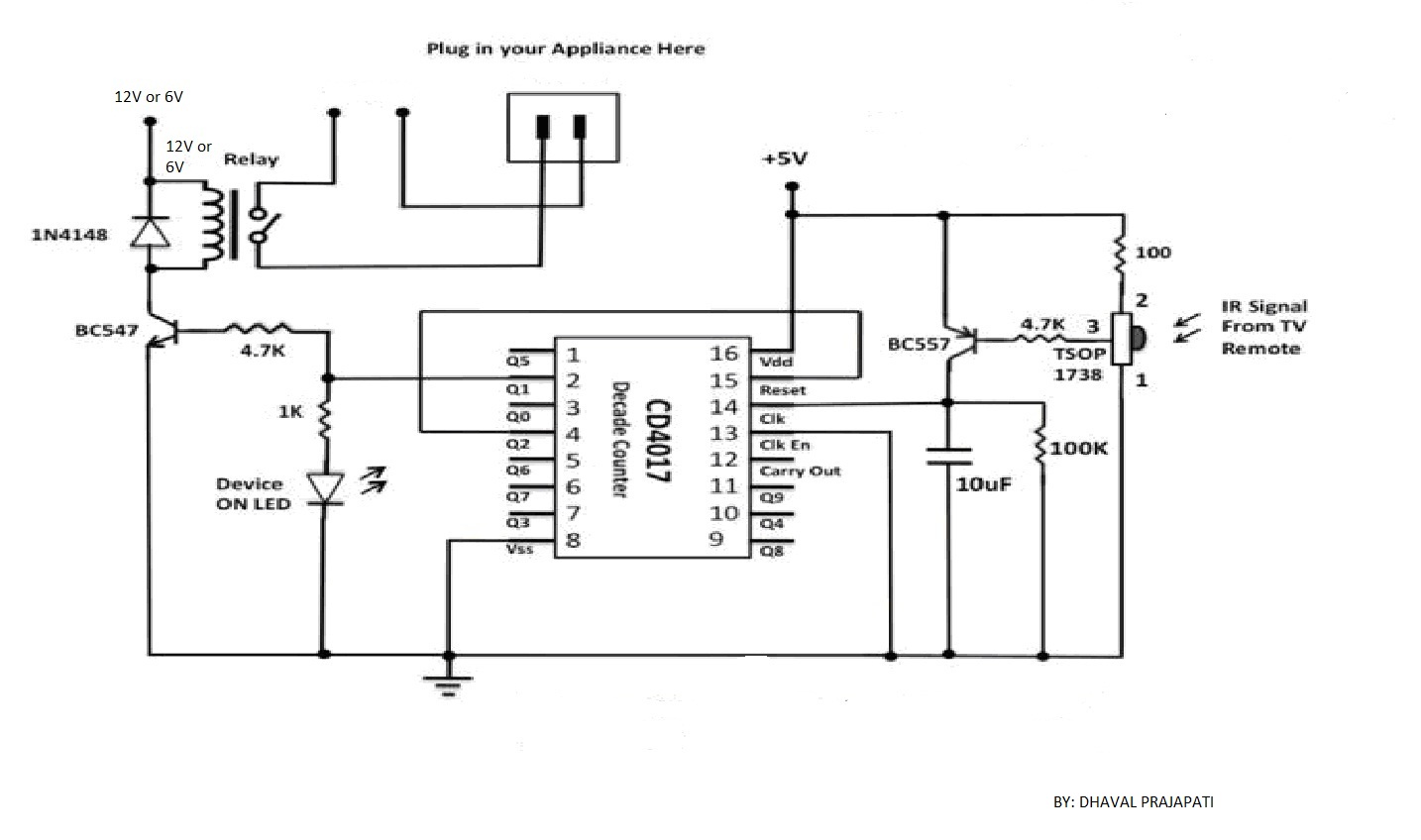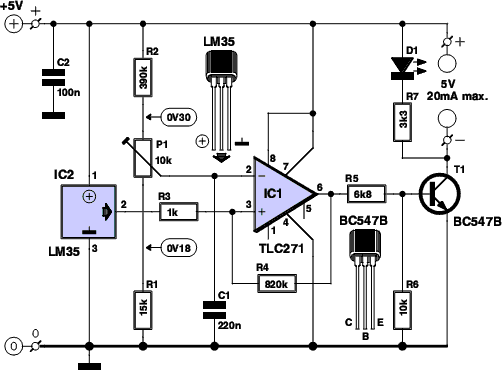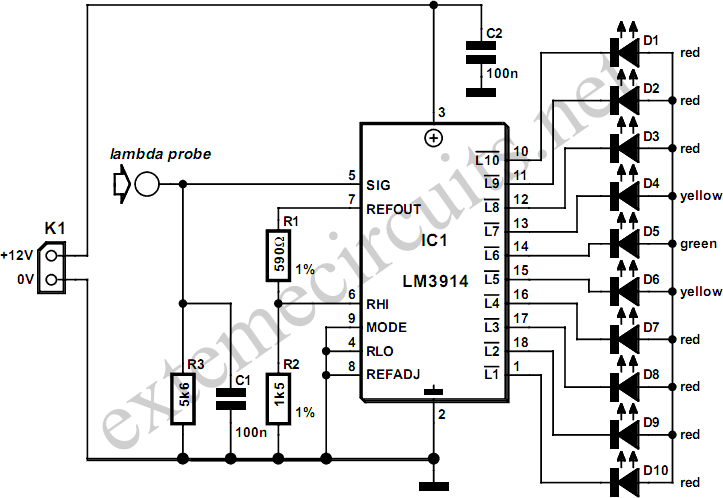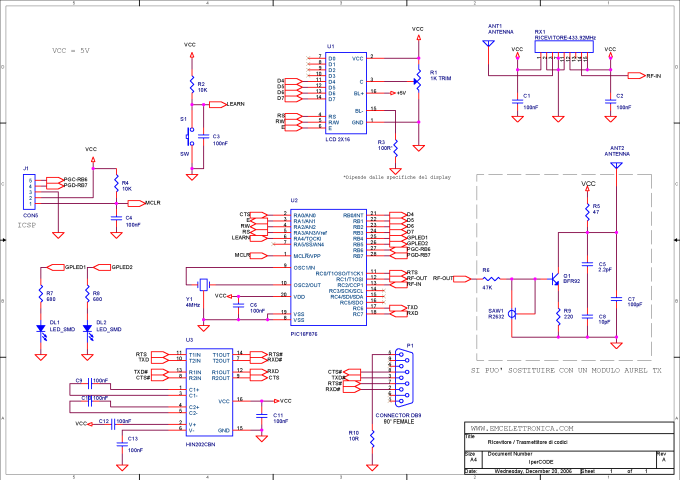
3D Printed Netduino Remote Controlled Car
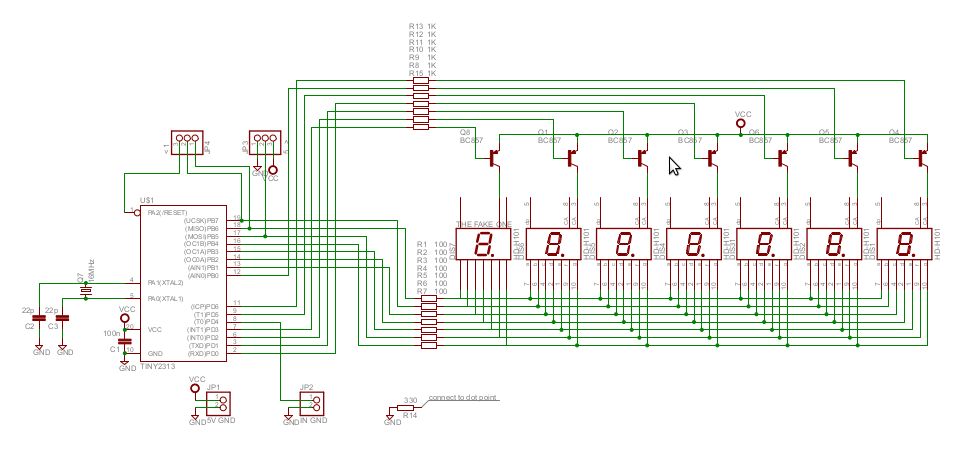
The project utilizes a 10 x 20 grid of RGB LEDs controlled by the myRIO. It is operated through a web interface on any device that supports WebSockets. Originally, the system was built using an Arduino, but the creator sought a standalone device that could function without an additional computer or Raspberry Pi for the web interface. This led to the discovery of the myRIO, which is a notable piece of hardware that has not been widely seen, aside from its recent application in a Picasso with a Paintball gun project. While this implementation of Tetris is impressive, it is worth noting that MIT has created an even larger version. In another project, a T-Rex was reverse-engineered from an AMOLED HTC 800G—480 screen, which was interfaced with an STM32 microcontroller and other components to create a sophisticated reflow oven. The STM32 chip powers the HTC AMOLED screen, providing high contrast and a wide viewing angle for a clear display. Although it pushes the limits of the STM32F429i, the project features a well-designed user interface with configurable settings and temperature graphs. The interface is responsive, showcasing beautiful plots and widgets through clever programming. In the realm of cryptocurrency, a developer is working on an open Bitcoin ATM to simplify access for new users. This project is still in the proof-of-concept stage, featuring an acrylic box with a 12"x12" aluminum front plate, which houses an Arduino with an SD Shield. Bills inserted into the acceptor trigger the Arduino to print a pre-generated QR code for coins via a thermal printer, with values stored sequentially on the SD card. Additionally, there are two FTDI FT232RL chips, one genuine and one counterfeit, illustrating significant differences in their construction. The genuine chip features laser-engraved markings, while the counterfeit has printed markings and is a microcontroller made compatible through a mask ROM. The STM32 microcontrollers, often found in ST Discovery dev boards, are powerful and popular for projects with substantial processing and memory needs. ST has introduced Nucleo boards to facilitate experimentation with the STM32 line.
The described project employs a 10 x 20 grid of RGB LEDs, which are driven by the myRIO hardware platform. The myRIO is a versatile device designed for educational and experimental applications, providing an integrated solution that eliminates the need for additional computing resources. The web interface, accessible via any WebSockets-capable device, allows users to interact with the LED grid seamlessly, enhancing user experience through remote operation.
The RGB LEDs can be programmed to display various colors and patterns, enabling dynamic visual effects that can be customized based on user input. The control architecture typically involves a microcontroller interfacing with the myRIO, which manages the LED states and responds to commands from the web interface. The use of WebSockets facilitates real-time communication, ensuring that changes made through the interface are instantly reflected on the LED grid.
In addition to the LED project, the discussion highlights the innovative use of an STM32 microcontroller in a reflow oven application. The AMOLED screen, driven by the STM32, showcases the high-resolution capabilities of modern microcontrollers, which can handle complex graphical interfaces and data visualization. The integration of user-configurable settings and real-time data graphs illustrates the potential for creating sophisticated user interfaces in embedded systems.
The mention of the Bitcoin ATM project underscores the growing trend of making cryptocurrency more accessible. The design incorporates standard components such as an Arduino and a thermal printer, demonstrating how off-the-shelf technology can be repurposed for new applications. The challenge of ensuring the authenticity of components, as illustrated by the FTDI chip comparison, is crucial in maintaining the reliability and performance of electronic projects.
Overall, the integration of advanced microcontrollers, user-friendly interfaces, and innovative applications exemplifies the current trends in electronics development, emphasizing the importance of accessibility, usability, and performance in modern electronic designs.The build makes use of a 10 x 20 grid of RGB LEDs controlled by the myRIO. It`s played by using a web interface on any device, as long as you have WebSockets support. [Sam] had originally built it using an Arduino at the heart, but wanted a stand-alone device to do everything ” no extra computer or Raspberry Pi for the web interface. That`s when he discovered the myRIO ” it`s a pretty cool piece of hardware that we haven`t seen too much of yet, other than the recent Picasso with a Paintball gun project While it`s certainly an impressive sized game of Tetris, we`ve gotta point out the largest we`ve seen, put on by MIT! Or what about the tiniest game of Tetris Oh and where did they get the T-Rex [Linas] reverse engineered an AMOLED HTC 800G—480 screen and interfaced it with an STM32 micro-controller, along with some other components, to make a gorgeously over engineered reflow oven.
The real beauty is in the relatively small STM32 chip powering the HTC AMOLED screen. The AMOLED screen is high contrast and has a wide viewing angle, giving it a clear crisp view from all front facing viewpoints. Though pushing the limits of what the STM32F429i can do, [Linas] managed to make a very nice home-grown user interface, complete with user configurable settings and current temperature graphs.
The user interface looks very responsive and using some clever programming, [Linas] was able to make use of the potential of the screen to provide beautiful plots and interface widgets. If there`s one thing Bitcoins can benefit from, it`s easier accessibility for first-time users. The process can be a bit daunting if you`re new to cryptocurrency, but [mayosmith] is developing an open Bitcoin ATM to help get coins in the hands of the masses.
There are already some Bitcoin dispensers out there. The Lamassu is around 5k a pop, and then there`s always the option of low-tech Condom Vending Machine conversions. [mayosmith`s] build is still in the proof-of-concept phase, but has some powerful functionality underway.
The box is made from acrylic with a front plate of 12 ³x12 ³ aluminum sheet metal, held on by 2 aluminum angles and some bolts. Slots were carved out of the aluminum sheet for the thermal printer and for bill acceptor ”the comments identify it as an Apex 7000.
Inside is an Arduino with an SD Shield attached. Dollars inserted into the acceptor trigger the Arduino to spit out a previously-generated QR code for some coins via the thermal printer, though all values are pre-determined at the time of creation and stored sequentially on the SD card. Stick around for a quick video below, and check out the official page for more information: Above are two FTDI FT232RL chips, an extremely common chip used to add a USB serial port to projects, builds, and products.
The one on the left is a genuine part, while the chip on the right was purchased from a shady supplier and won`t work with the current FTDI drivers. Can you tell the difference [Zeptobars], the folks behind those great die shots of various ICs took a look at both versions of the FT232 and the differences are staggering.
Compared to the real chip, the fake chip has two types of SRAM etched in the silicon evidence this chip was pieced together from different layouts. The conclusion [Zeptobars] reached indicated the fake chip is really just a microcontroller made protocol compatable with the addition of a mask ROM.
If you`re wondering if the FTDI chips in your part drawers are genuine, the real chips have laser engraved markings, while the clone markings are usually printed. The STM32 line of microcontrollers usually seen in the form of an ST Discovery dev board are amazingly powerful and very popular micros seen in projects with some very hefty processing and memory requirements.
Now, ST has released a great way to try out the STM32 line with the Nucleo board. There are two really great features about these new Nucleo boards. First, 🔗 External reference
The described project employs a 10 x 20 grid of RGB LEDs, which are driven by the myRIO hardware platform. The myRIO is a versatile device designed for educational and experimental applications, providing an integrated solution that eliminates the need for additional computing resources. The web interface, accessible via any WebSockets-capable device, allows users to interact with the LED grid seamlessly, enhancing user experience through remote operation.
The RGB LEDs can be programmed to display various colors and patterns, enabling dynamic visual effects that can be customized based on user input. The control architecture typically involves a microcontroller interfacing with the myRIO, which manages the LED states and responds to commands from the web interface. The use of WebSockets facilitates real-time communication, ensuring that changes made through the interface are instantly reflected on the LED grid.
In addition to the LED project, the discussion highlights the innovative use of an STM32 microcontroller in a reflow oven application. The AMOLED screen, driven by the STM32, showcases the high-resolution capabilities of modern microcontrollers, which can handle complex graphical interfaces and data visualization. The integration of user-configurable settings and real-time data graphs illustrates the potential for creating sophisticated user interfaces in embedded systems.
The mention of the Bitcoin ATM project underscores the growing trend of making cryptocurrency more accessible. The design incorporates standard components such as an Arduino and a thermal printer, demonstrating how off-the-shelf technology can be repurposed for new applications. The challenge of ensuring the authenticity of components, as illustrated by the FTDI chip comparison, is crucial in maintaining the reliability and performance of electronic projects.
Overall, the integration of advanced microcontrollers, user-friendly interfaces, and innovative applications exemplifies the current trends in electronics development, emphasizing the importance of accessibility, usability, and performance in modern electronic designs.The build makes use of a 10 x 20 grid of RGB LEDs controlled by the myRIO. It`s played by using a web interface on any device, as long as you have WebSockets support. [Sam] had originally built it using an Arduino at the heart, but wanted a stand-alone device to do everything ” no extra computer or Raspberry Pi for the web interface. That`s when he discovered the myRIO ” it`s a pretty cool piece of hardware that we haven`t seen too much of yet, other than the recent Picasso with a Paintball gun project While it`s certainly an impressive sized game of Tetris, we`ve gotta point out the largest we`ve seen, put on by MIT! Or what about the tiniest game of Tetris Oh and where did they get the T-Rex [Linas] reverse engineered an AMOLED HTC 800G—480 screen and interfaced it with an STM32 micro-controller, along with some other components, to make a gorgeously over engineered reflow oven.
The real beauty is in the relatively small STM32 chip powering the HTC AMOLED screen. The AMOLED screen is high contrast and has a wide viewing angle, giving it a clear crisp view from all front facing viewpoints. Though pushing the limits of what the STM32F429i can do, [Linas] managed to make a very nice home-grown user interface, complete with user configurable settings and current temperature graphs.
The user interface looks very responsive and using some clever programming, [Linas] was able to make use of the potential of the screen to provide beautiful plots and interface widgets. If there`s one thing Bitcoins can benefit from, it`s easier accessibility for first-time users. The process can be a bit daunting if you`re new to cryptocurrency, but [mayosmith] is developing an open Bitcoin ATM to help get coins in the hands of the masses.
There are already some Bitcoin dispensers out there. The Lamassu is around 5k a pop, and then there`s always the option of low-tech Condom Vending Machine conversions. [mayosmith`s] build is still in the proof-of-concept phase, but has some powerful functionality underway.
The box is made from acrylic with a front plate of 12 ³x12 ³ aluminum sheet metal, held on by 2 aluminum angles and some bolts. Slots were carved out of the aluminum sheet for the thermal printer and for bill acceptor ”the comments identify it as an Apex 7000.
Inside is an Arduino with an SD Shield attached. Dollars inserted into the acceptor trigger the Arduino to spit out a previously-generated QR code for some coins via the thermal printer, though all values are pre-determined at the time of creation and stored sequentially on the SD card. Stick around for a quick video below, and check out the official page for more information: Above are two FTDI FT232RL chips, an extremely common chip used to add a USB serial port to projects, builds, and products.
The one on the left is a genuine part, while the chip on the right was purchased from a shady supplier and won`t work with the current FTDI drivers. Can you tell the difference [Zeptobars], the folks behind those great die shots of various ICs took a look at both versions of the FT232 and the differences are staggering.
Compared to the real chip, the fake chip has two types of SRAM etched in the silicon evidence this chip was pieced together from different layouts. The conclusion [Zeptobars] reached indicated the fake chip is really just a microcontroller made protocol compatable with the addition of a mask ROM.
If you`re wondering if the FTDI chips in your part drawers are genuine, the real chips have laser engraved markings, while the clone markings are usually printed. The STM32 line of microcontrollers usually seen in the form of an ST Discovery dev board are amazingly powerful and very popular micros seen in projects with some very hefty processing and memory requirements.
Now, ST has released a great way to try out the STM32 line with the Nucleo board. There are two really great features about these new Nucleo boards. First, 🔗 External reference


